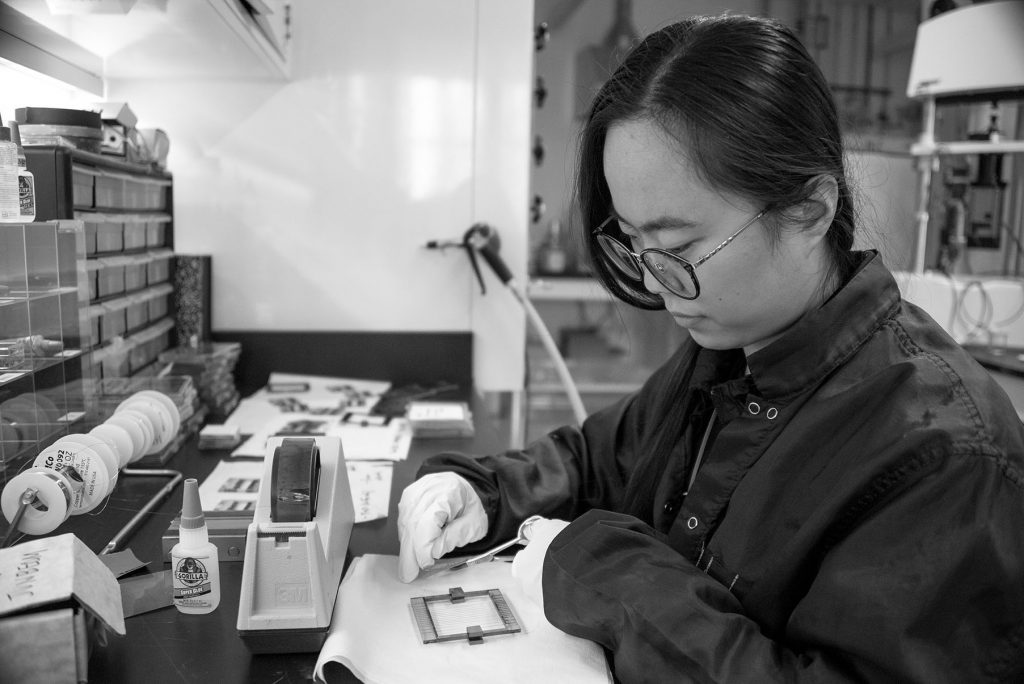
Research projects in the Microsensors and Microactuators Laboratory all share the common thread of modeling, design, fabrication, and testing of micro-scale and nanoscale structures, and/or systems that are enabled by such structures. Some current research thrusts include:
- Energy storage: The use of microfabricated structures to create batteries of rapid charging capability for consumer, wireless, and autonomous sensor applications;
- Nanomanufacturing: Exploiting volumetric nanomanufacturing techniques to create materials with significant overall thickness (e.g., mm-scale) comprised of nm-scale multilayers that confer useful electrical, magnetic, or mechanical properties;
- Electric power conversion: Exploiting microfabrication to realize ultracompact energy converters, based in part on the nanomanufacturing techniques being developed simultaneously;
- MEMS-based permanent magnets: Creating new approaches to small-scale, spatially-dense magnetic arrays for energy harvesting and custom radiation generation;
- Dissolvable sensors: Building wireless sensors that can dissolve in the environment in which they are embedded once their function has been completed; enabling applications such as biomedical implants for acute disease states or environmentally-friendly transient sensors;
- Protein MEMS: Applying microfabrication approaches to natural products such as proteins to create tissues and tissue interfaces to living organisms;
- Biointerfaces: Constructing interfaces to biosystems for both in-vitro and in-vivo applications, ranging from microneedle-based sensing and drug/vaccine delivery to interfacing with electrogenic cells in culture.
